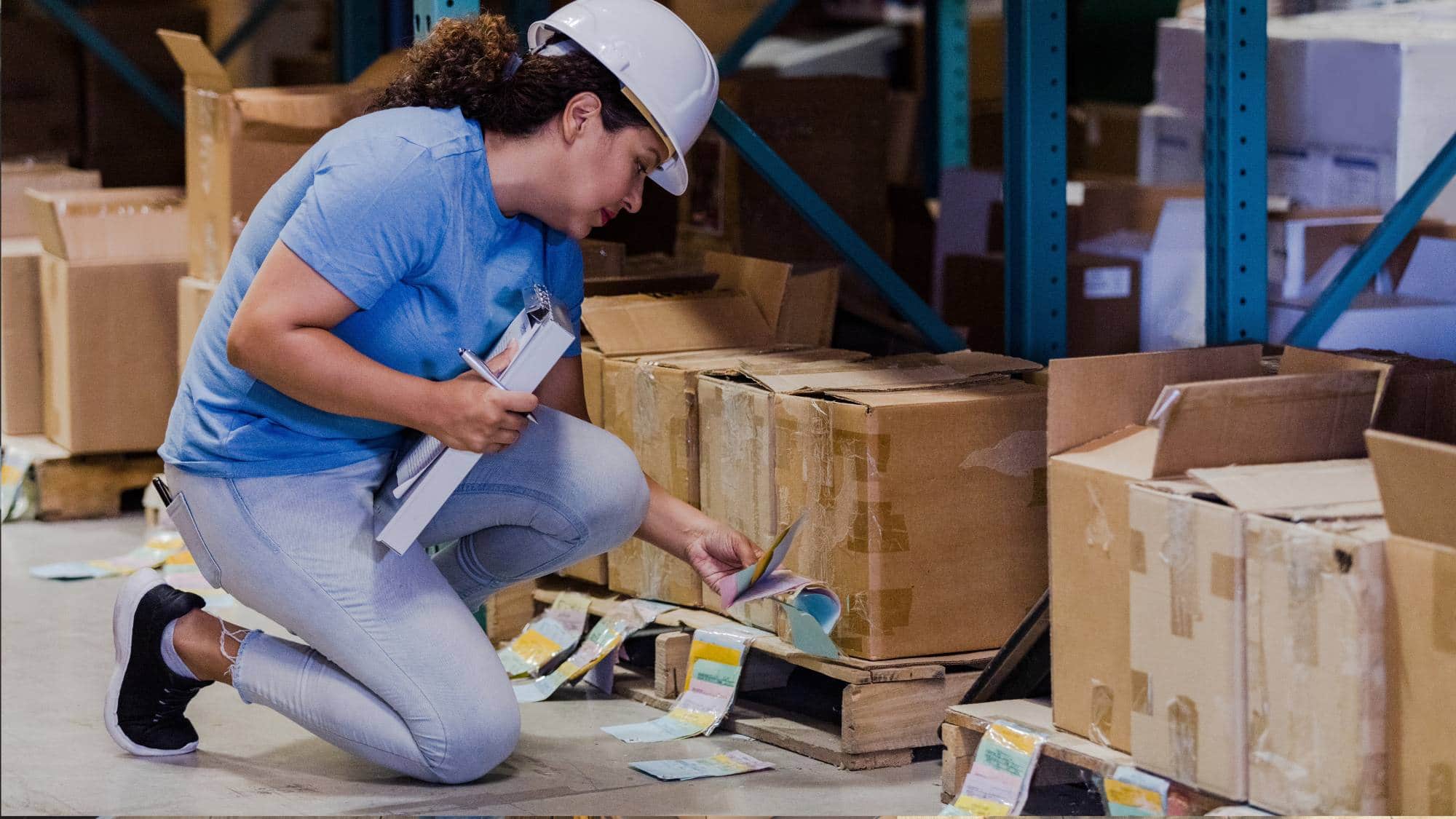
Jump right in: Fulfillment Status: What Does it Mean?
What Does Fulfillment Status Mean?
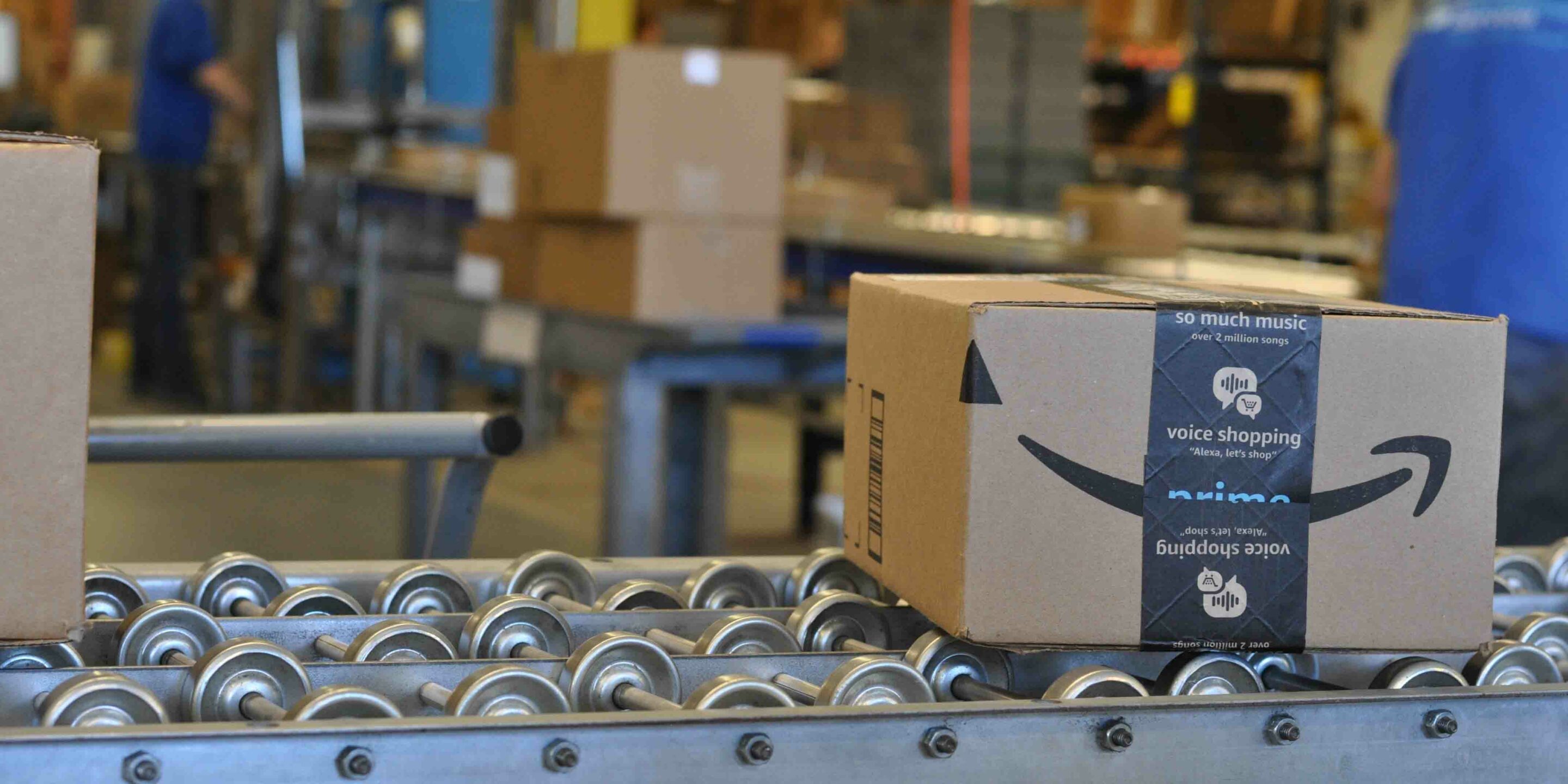
Fulfillment status refers to the progression stage of an order in the e-commerce logistics chain, indicating its current condition from processing to delivery. Common statuses include Pending, Processing, Shipped, and Delivered, each reflecting a specific phase in the order’s journey from seller to customer.
Keep reading as we’ll explore the different fulfillment statuses, order statuses and what each means for you or your business.
Fulfillment Statuses
Fulfillment statuses are specifically about the journey of an order through the Order Fulfillment Process, detailing the physical handling and movement of products. Here are the stages you might encounter:
- Unfulfilled: The order is placed but none of the items have been shipped yet.
- Partially Fulfilled: Some items in the order have been shipped, while others are still being processed or are on hold.
- Fulfilled: All items in the order have been shipped. This status indicates completion of the fulfillment process.
- Scheduled: The fulfillment process is planned and scheduled for a future date or time. This might be used for fulfilling pre-orders, items that are released on a specific date, or subscriptions.
- On Hold: The fulfillment process is temporarily paused, possibly due to stock issues, payment verification, or other administrative checks.
- Picked: Items in the order have been collected (picked) from inventory and are ready for packing.
- Packed: The order has been packaged and is ready for shipping.
- Shipped: The package has left the fulfillment center and is en route to the customer.
Need a Bit More Explanation About the Fulfillment Process?
Check out this article on e-commerce Order Fulfillment that goes into more detail on what the order fulfillment means and full explainations on the different fulfillment processes.
What Does Order Status Mean?
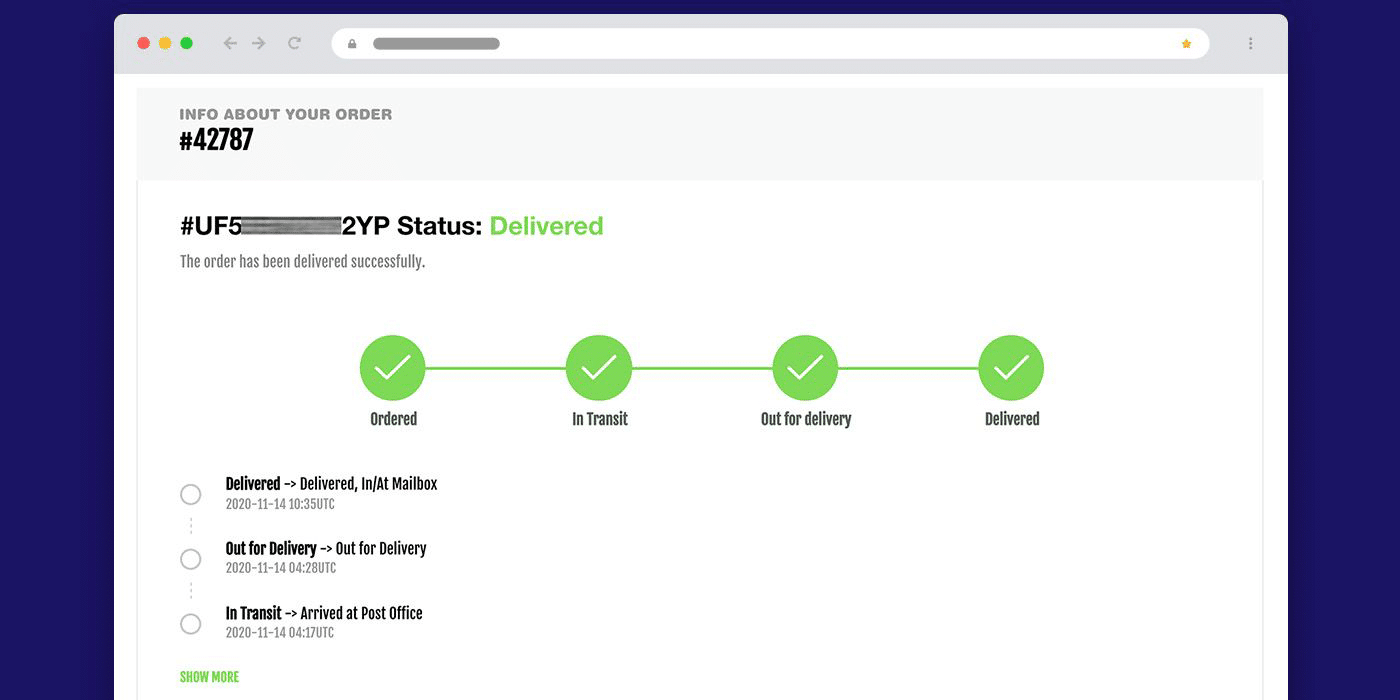
Order status, on the other hand, denotes the current phase of a customer’s order in the purchasing process, ranging from placement to completion. It includes stages like Pending, Processing, Shipped, and Delivered, providing updates on the order’s progress, payment status, and delivery timeline.
Order Statuses
Order statuses provide a broad overview of the entire ordering process, from the moment the customer places an order to when it’s complete. Here are common order statuses:
- Pending: The order is received but not yet actioned.
- Processing: Active handling of the order is underway, including payment verification and inventory checks.
- Shipped: The order has left the warehouse and is on its way to the customer.
- In Transit: The order is in the process of being delivered to the customer, typically after being shipped and before out for delivery.
- Out for Delivery: The order is with a courier and is currently being delivered to the customer.
- Delivered: The order has reached its final destination and been received by the customer.
- Returned: The order is being sent back to the seller.
- Canceled: The order is canceled prior to fulfillment.
- Failed Delivery: Delivery was attempted but unsuccessful.
- Held: The order is on hold due to issues needing resolution.
Differences Between Fulfillment Statuses and Order Statuses
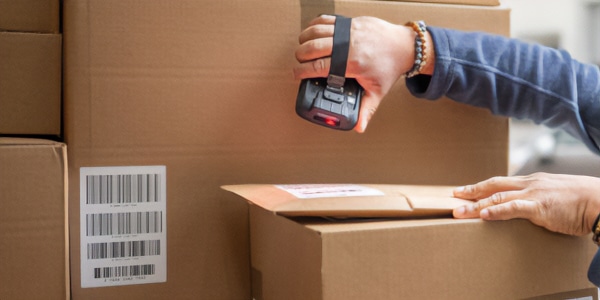
The term Fulfillment Status and Order Status are often used interchangeably in the world of e-commerce. However, they do have some slight differences. We’ve listed these differences below so you can better understand Fulfillment Statuses vs. Order Statuses.
| Aspect | Fulfillment Status | Order Status |
|---|---|---|
| Focus | Refers to the progression of an order through the logistics and delivery chain, focusing on physical handling and movement of the product. | Refers to the overall status of the order from placement to completion, including physical movement, payment processing, and customer interactions. |
| Typical Stages | Common statuses include Pending, Processing, Shipped, and Delivered, each corresponding to physical actions (e.g., packing, shipping). | Includes stages like Pending, Processing, Shipped, and Delivered, with additional details on payment status (e.g., Payment Received) or customer interactions. |
| Usage | Used by the seller or the fulfillment center to track and manage the process of getting the product to the customer. | Used in communication with the customer to provide updates on the order's progress and any actions taken. |
Interested in Simplifying your Status Updates?
Contact us and we’ll tell you how we can improve your fulfillment experience with a 3PL fulfillment service.
Outsourcing Your Fulfillment Services
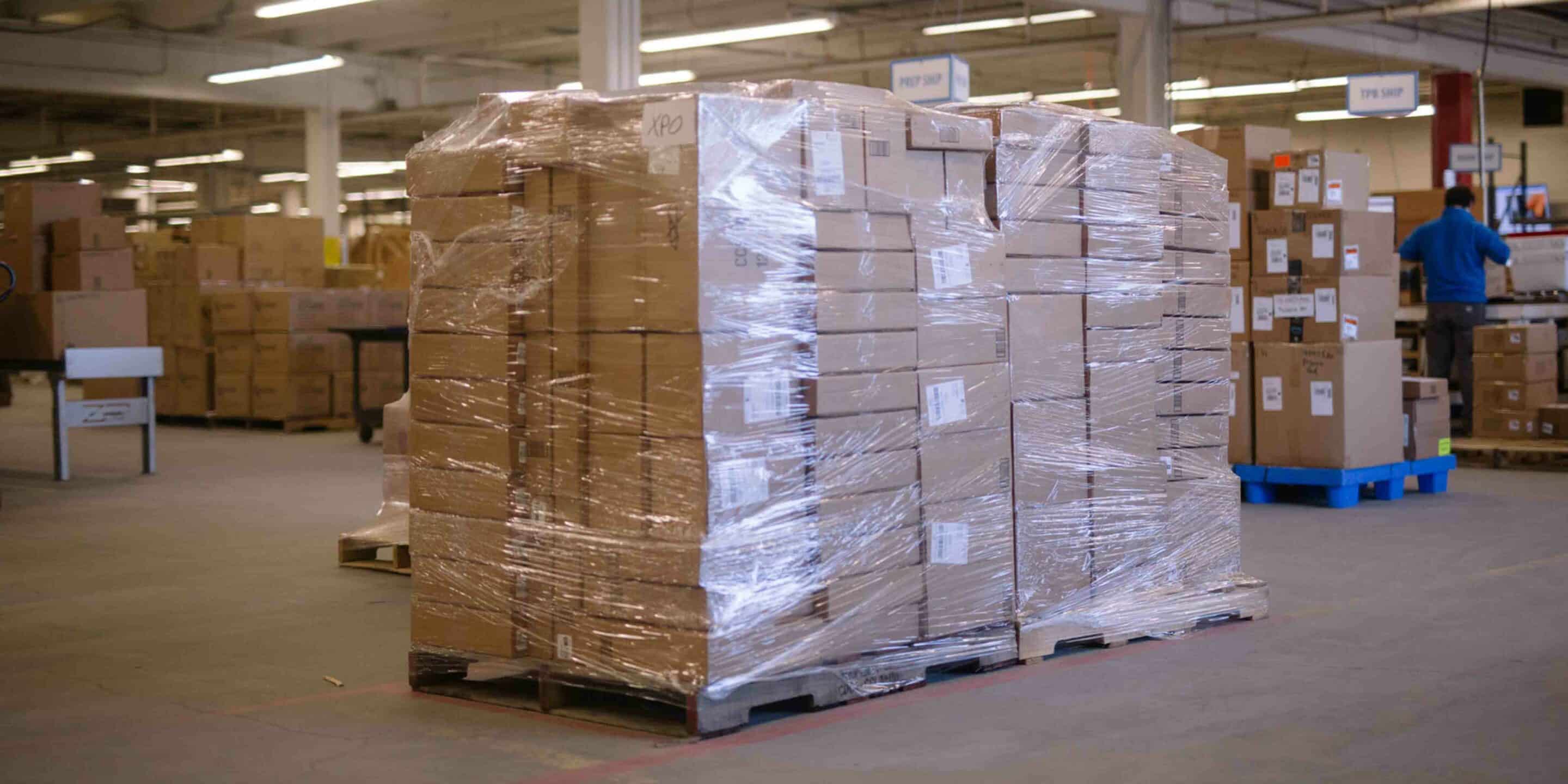
Understanding and managing various fulfillment statuses is crucial for smooth operations. However, as your business grows, the complexity of handling these processes increases exponentially. This is where the strategic decision to partner with a Third-Party Logistics (3PL) provider can be a game-changer, seamlessly integrating with your fulfillment strategy and elevating your business to new heights. Here’s how outsourcing to a 3PL can enhance your approach to managing fulfillment statuses and overall order management:
Streamlining Fulfillment Statuses:
3PL providers are seasoned veterans in handling the nuances of fulfillment statuses. They ensure that from “Unfulfilled” to “Delivered”, every step is executed with precision and timely communication. This proficiency leads to a more streamlined process, where you can easily track and manage the statuses without getting bogged down by the details.
Expertise and Experience at Your Disposal:
Just as you’re an expert at your business, 3PLs are masters of logistics. They bring a wealth of knowledge and experience, ensuring that your products are stored, handled, and shipped using the best practices and the most efficient methods. This expertise translates into fewer errors, quicker shipping times, and overall a much smoother operation.
Scalability and Flexibility:
One of the most compelling advantages of partnering with a 3PL is the ability to scale your operations up or down based on current demand, without the pain of adjusting your infrastructure and workforce. This flexibility is a game-changer, especially during seasonal peaks or unexpected fluctuations in the market. You focus on scaling your sales; your 3PL handles the rest.

Cost Savings:
While outsourcing might seem like an added expense, in the long run, it’s a strategic move that can lead to significant cost savings. 3PLs operate on economies of scale, which means they can negotiate better shipping rates, reduce overhead costs associated with warehousing and staff, and minimize costly mistakes. It’s about spending smartly to save and earn more.
Technology and Innovation:
3PLs invest heavily in the latest technology and innovative solutions to stay competitive and provide exceptional service. By partnering with them, you get access to these advancements without the hefty price tag. From state-of-the-art inventory management systems to data analytics and forecasting tools, you’re equipped with the best to make informed decisions.
Focus on Your Core Competencies:
Perhaps the most strategic advantage of outsourcing to a 3PL is the ability to focus on what you do best — growing your business. With the logistical details in the hands of experts, you can devote your time and resources to product development, marketing, customer service, and other areas that directly contribute to your business’s growth and success.
Enhanced Customer Satisfaction:
At the end of the day, the efficiency and reliability brought by a professional 3PL translate into faster deliveries, fewer errors, and better service for your customers. Happy customers are loyal customers, and in today’s competitive market, customer satisfaction is the ultimate currency.
In the grand scheme of things, partnering with a 3PL is not just about outsourcing a part of your business. It’s about strategically enhancing your operational capacity, agility, and overall competitiveness. It’s a step taken by businesses that are serious about growth and excellence.
Fulfill Orders Effortlessly!
Summary – Fulfillment Status: What Does it Mean?
Fulfillment status is all about the logistics, tracking the physical journey of products through stages like Unfulfilled, Partially Fulfilled, Fulfilled, Scheduled, On Hold, Picked, Packed, and Shipped. On the other hand, Order status provides a broader view of the order’s overall progression, encompassing aspects such as payment and customer interaction, with stages ranging from Pending to Delivered, including In Transit and Out for Delivery. The distinction between the two lies in their focus; while Fulfillment Status zeroes in on the logistics side, Order Status offers a comprehensive look at the order’s journey.
As businesses grow, managing these statuses becomes more complex, paving the way for strategic partnerships with Third-Party Logistics (3PL) providers. These providers bring expertise, technology, and scalability to the table, allowing businesses to streamline processes, reduce costs, and focus on core competencies. With the added benefits of cost savings, access to state-of-the-art technology, and improved customer satisfaction, outsourcing to a 3PL is not just about handling logistics; it’s about enhancing operational capacity and competitive edge. In essence, mastering both order and fulfillment statuses, and knowing when to leverage external expertise, are key to thriving in the e-commerce landscape.
Your Next Steps
Ready to embark on a journey toward streamlined logistics and enhanced growth? Reach out to eFulfillment Service for a bespoke fulfillment solution. We specialize in helping business like yours navigate the complexities of order fulfillment with ease and efficiency. Here’s what we offer:
- A Free Quote: CONTACT US TODAY to get a free quote and learn how our services can be customized to your unique business needs.
- Proven Track Record: Our commitment to excellence is reflected in the TESTIMONIALS FROM NUMEROUS SATISFIED CLIENTS.
- Tailored Solutions: We understand that each startup has its unique challenges, and we’re here to offer solutions that fit perfectly with your business model.
Let eFulfillment Service be your partner in transforming your fulfillment process, enhancing your customer experience, and catapulting your business to new heights.
Simplify Ecommerce with a Fulfillment Service!
FAQs: Fulfillment Status Meaning
Does fulfillment status mean delivered?
No, fulfillment status does not necessarily mean delivered. It refers to the various stages an order goes through in the logistics and delivery chain. While "delivered" is one of the possible statuses indicating that the order has reached the customer, other statuses like "shipped" or "processing" are also part of the fulfillment process and do not imply delivery.
What does it mean when status is fulfilled?
When an order's status is "fulfilled," it means that all items in the order have been shipped to the customer. It indicates that the seller or fulfillment center has completed the process of preparing, packing, and dispatching all items in the order. The order is now on its way or may have already reached the customer.
What does it mean when fulfillment status is unfulfilled?
An unfulfilled status means that the order has been placed but none of the items have been shipped yet. The order is still being processed, or perhaps awaiting inventory or payment confirmation, and has not entered the shipping phase. It's essentially in the initial stages of the fulfillment process.
How long does waiting for fulfillment take?
The time an order spends in "waiting for fulfillment" status varies greatly depending on several factors including the seller's processing time, product availability, and the efficiency of the fulfillment service. Typically, it can take anywhere from a few hours to several days. It's always a good idea to check with the specific seller or fulfillment provider for more accurate timelines.
What is the difference between fulfillment and delivery?
Fulfillment refers to the entire process of handling an order, from the moment it's placed until it's ready to be shipped, including picking, packing, and preparing for dispatch. Delivery, on the other hand, specifically refers to the process of transporting the fulfilled order to the customer's address. In essence, fulfillment is about getting the order ready for dispatch, while delivery is about getting the dispatched order to the customer.
Does unfulfilled mean not shipped?
Yes, unfulfilled generally means not shipped. When an order status is unfulfilled, it indicates that the order is still being processed and has not yet been dispatched or handed over to the delivery service. The items are likely still in the warehouse or awaiting other processing steps before shipping.



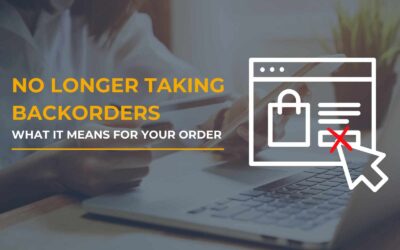

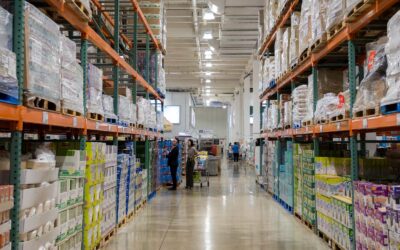
0 Comments